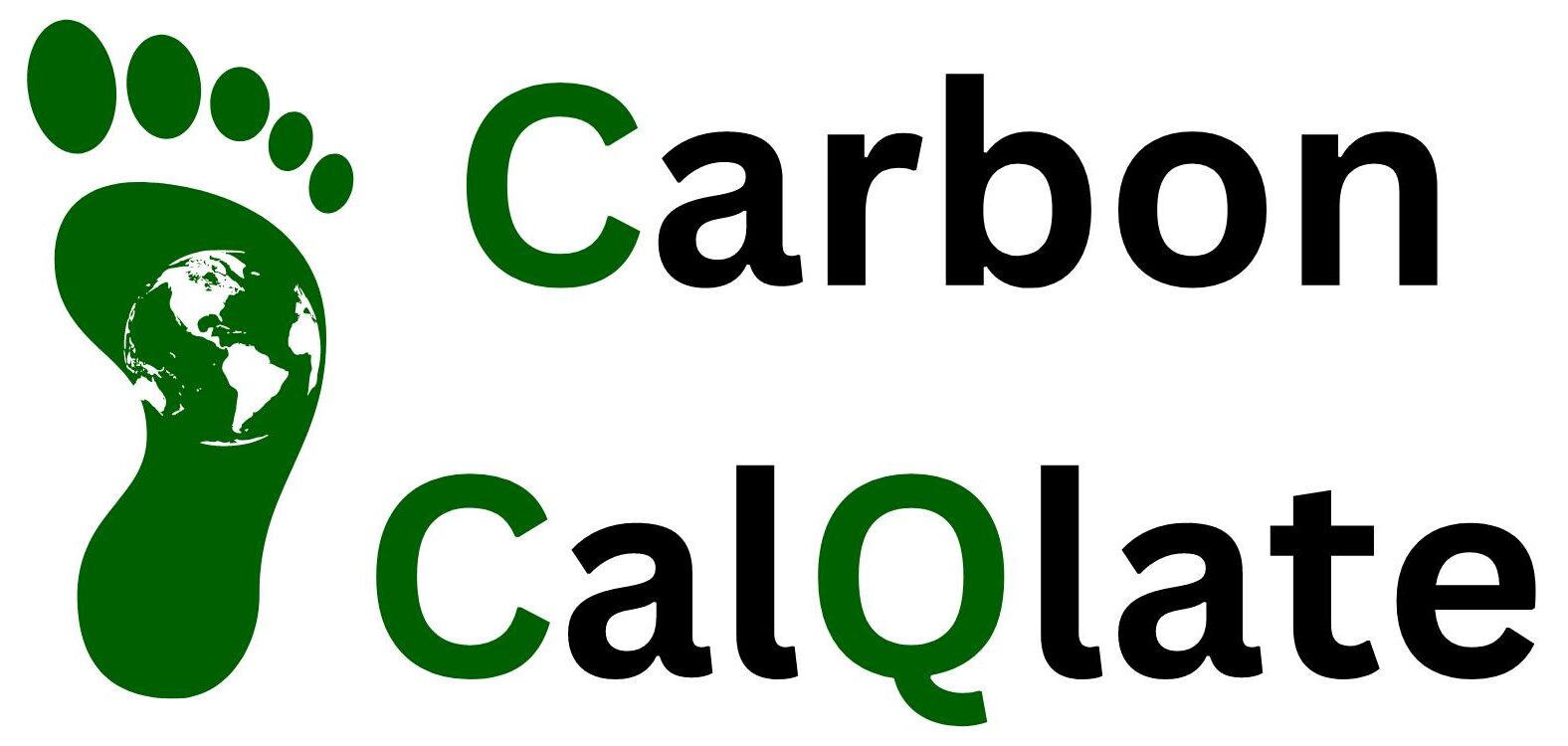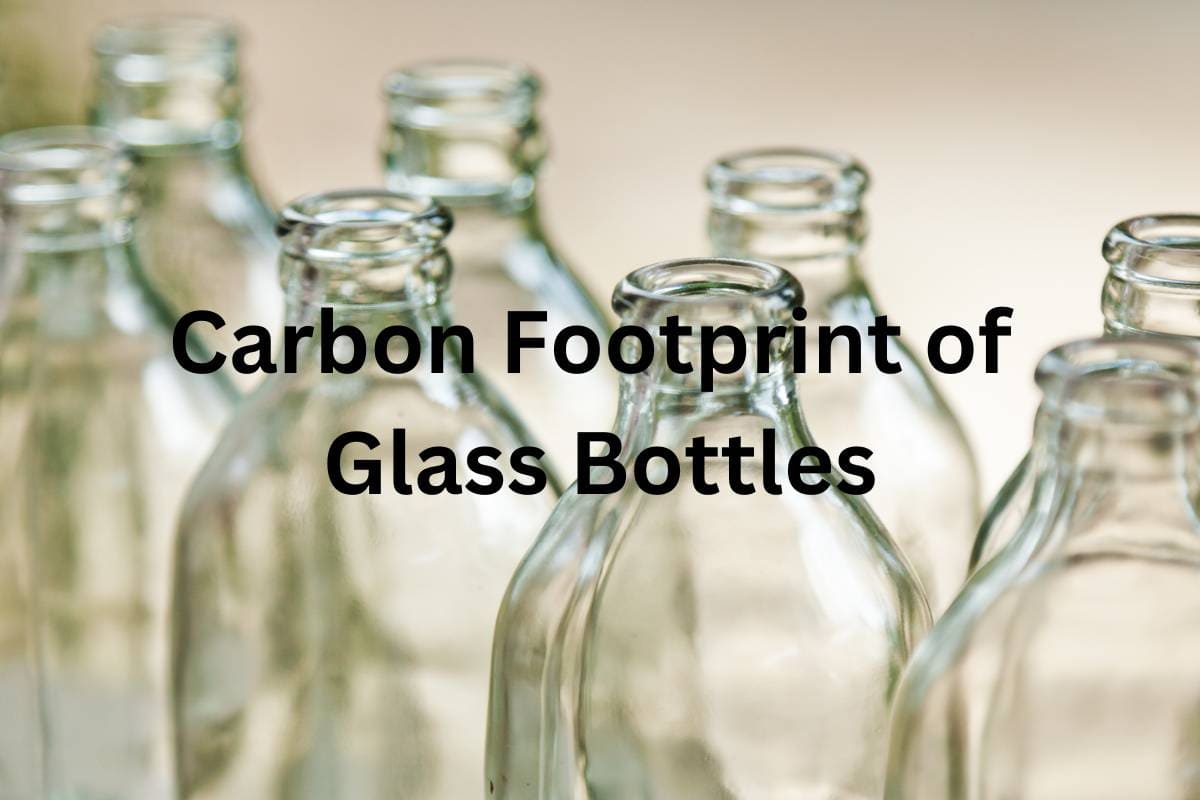Water, 0.5L Glass Bottle
The carbon footprint to produce a 0.5L glass bottle of water is approximately 1.05 kg CO2e (37 ounces of CO2 equivalent) per bottle.
Beer, 33 cl Glass Bottle
The carbon footprint to produce a 33 cl glass bottle of beer is approximately 1.06 kg CO2e (37.39 ounces of CO2 equivalent) per bottle.
Red Wine, 0.75L Glass Bottle
The carbon footprint to produce a 0.75L glass bottle of red wine is approximately 1.58 kg CO2e (55.73 ounces of CO2 equivalent) per bottle.
Glass bottles are made from soda-lime glass, which includes sand, soda ash, and limestone. The extraction and processing of these raw materials contribute significantly to the carbon footprint.
Carbon Footprint of Glass Bottles
| Product | Size | Carbon Footprint (kg CO2e) |
|---|---|---|
| Water | 0.5L | 1.05 |
| Beer | 33 cl | 1.06 |
| Red Wine | 0.75L | 1.58 |
Production Steps of Glass Bottles That Add to the Carbon Footprint
- Transportation: Raw materials and finished bottles are transported to various locations. This transportation uses fuel, adding to the carbon emissions.
- Extraction of Raw Materials: Sand, soda ash, and limestone are extracted from the earth. This process requires significant energy and results in CO2 emissions.
- Melting and Forming: The raw materials are melted in furnaces at very high temperatures to form glass. This step is energy-intensive and produces substantial CO2 emissions.
- Manufacturing: The molten glass is molded into bottle shapes. This process also consumes energy, primarily from fossil fuels, further contributing to the carbon footprint.
Interesting Facts
- Energy Use: Producing glass bottles uses more energy than producing plastic bottles. Approximately 4.5 megajoules are needed to make one bottle.
- Water Consumption: The water used in the production process is lower compared to plastic bottles but still significant.
- Recycling Impact: Recycling glass bottles can significantly reduce their carbon footprint. Recycled glass (cullet) melts at a lower temperature, saving energy and reducing CO2 emissions.
- Durability: Glass bottles can be reused multiple times, potentially reducing their overall environmental impact over time.
Tips to Reduce Your Carbon Footprint for Glass Bottles
- Recycle Glass Bottles: Ensure glass bottles are properly recycled. Recycling glass saves energy and reduces emissions.
- Reuse Glass Bottles: Use glass bottles multiple times before recycling. This maximizes their lifecycle and reduces the need for new bottles.
- Support Local Brands: Buy glass-bottled products from local producers to reduce transportation emissions.
- Opt for Refillable Bottles: Choose products that offer refillable glass bottles. This reduces the number of new bottles needed.
- Reduce Usage: Use glass bottles only when necessary. Consider alternatives like reusable containers for daily use.
FAQ
Are glass bottles environmentally friendly?
Glass bottles can be environmentally friendly if reused and recycled properly. Producing them requires a lot of energy, which contributes to a high carbon footprint. However, they are durable and can be reused multiple times. Recycling glass reduces energy use and emissions. Local production also helps lower transportation emissions. Their environmental impact depends on usage and recycling practices
Why aren’t glass bottles as popular as plastic bottles even though reusing them is more eco-friendly?
Glass bottles are not as popular as plastic bottles despite their environmental benefits because they are heavier and more expensive to produce and transport. The higher weight of glass increases shipping costs and carbon emissions from transportation. Additionally, glass bottles are more prone to breaking, making them less convenient for consumers. Plastic bottles, being lighter and more durable, offer greater convenience and lower costs, which drives their popularity.




